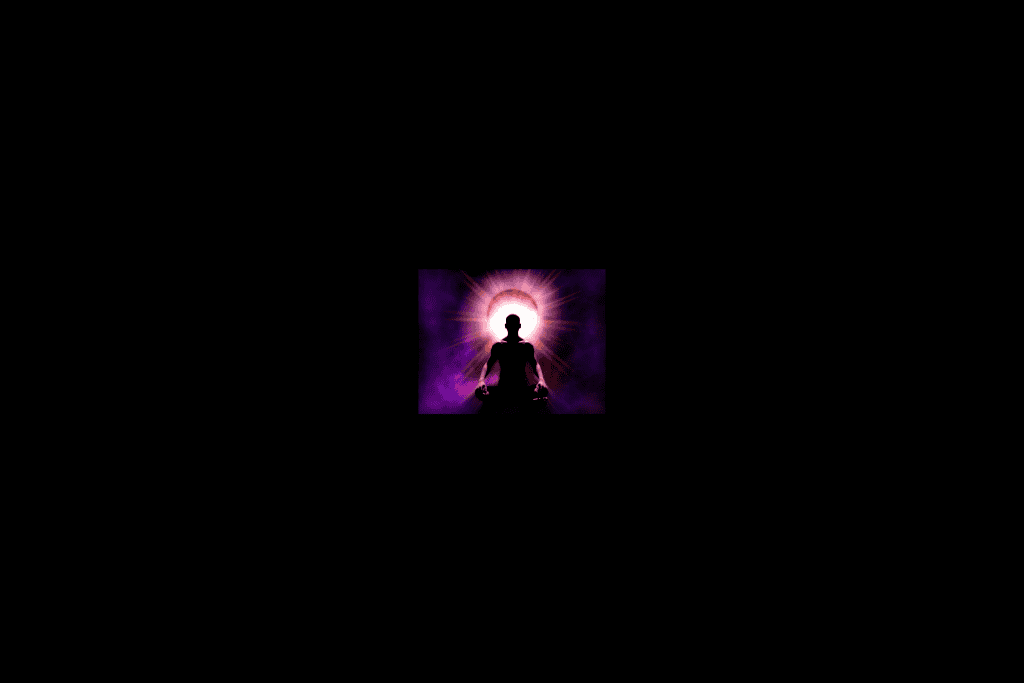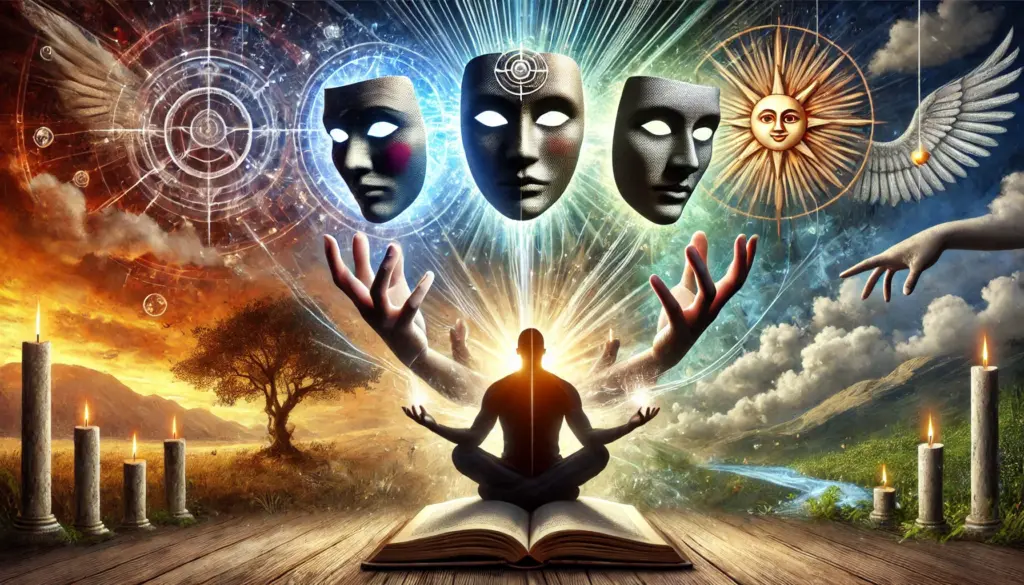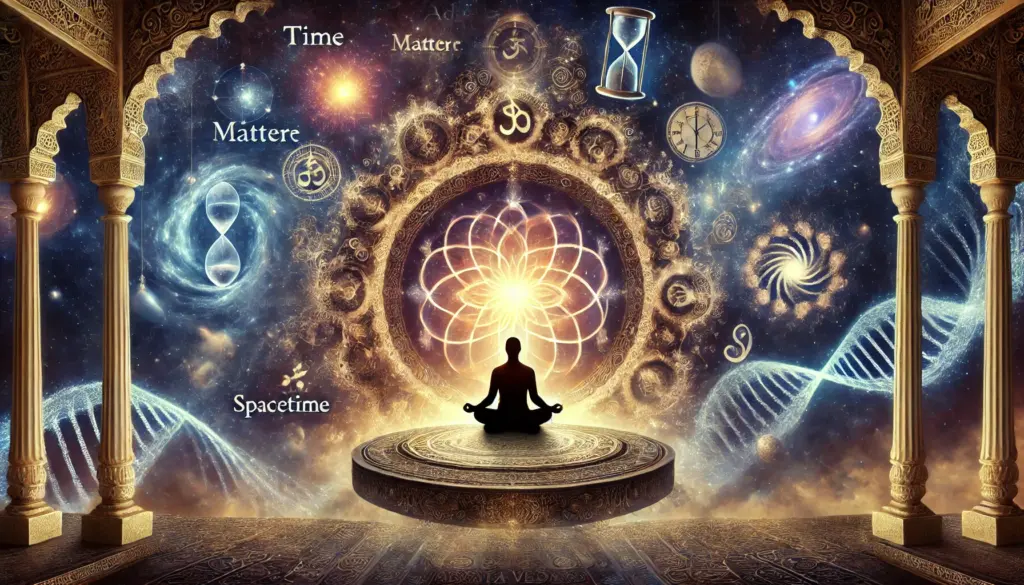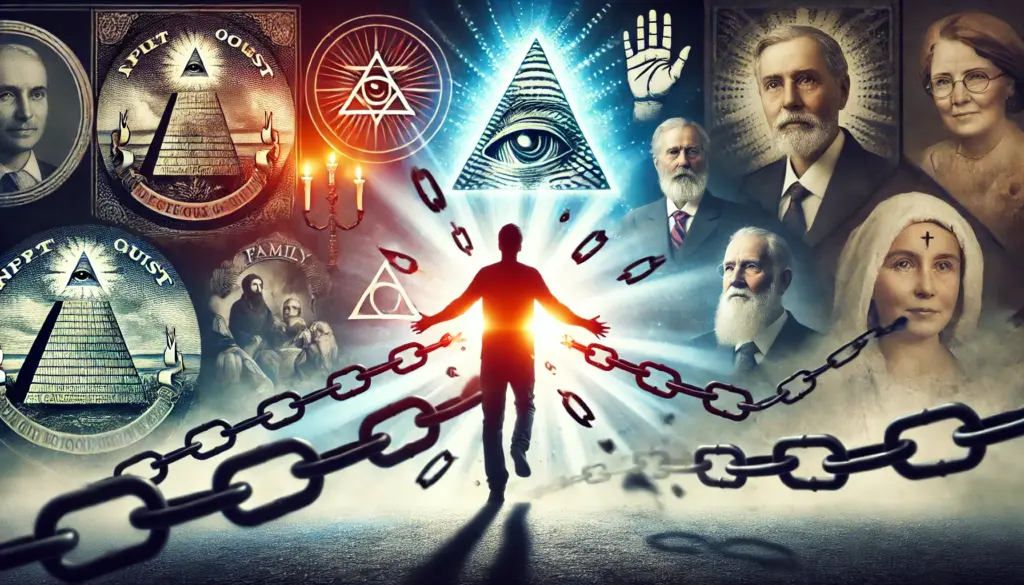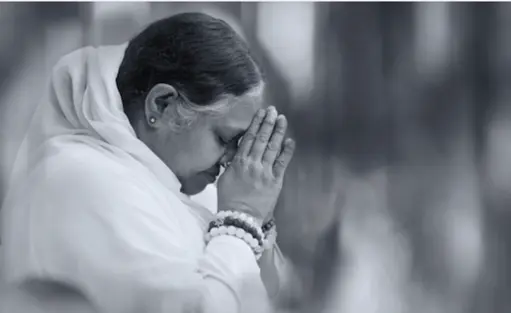When a loved one is hurting or in need, many of us will send a message saying something like, ‘I...
Read More
19 Most Beautiful And Transformative Rituals, Ceremonies, And Prayers
Having spent many years in Indian ashrams and with Lakota Tribe elders, Paul draws from a rich and diverse tradition of rituals across the world.
He respects and honors all spiritual paths, sharing prayers and practices from various cultures with reverence.
While some rituals benefit from experienced guidance, Paul believes that the key elements are a focused intention and a sincere heart. These are the most vital ingredients in any spiritual practice. Click below to learn 19 beautiful practices.
Go To Article

The Power & Pervasiveness Of The Feminine
 Paul Wagner
Paul Wagner
 December 10, 2024
December 10, 2024
The Power & Pervasiveness Of The Feminine In the hazy, aggressive Masculine at the core of the chaos in the...
Read More
What to Do When You Don’t Know What to Do
 Paul Wagner
Paul Wagner
 November 19, 2024
November 19, 2024
What to Do When You Don't Know What to Do Life is an unpredictable journey, and there are moments when...
Read More
How To Be An Effective Psychic: Staying Grounded and Practical
 Paul Wagner
Paul Wagner
 July 6, 2024
July 6, 2024
How To Be An Effective, Grounded, Practical Psychic Psychics have a tarnished name because of the reputation that they are...
Read More
How Oracle Cards Deck Can Open Your Heart And Mind—And Help You Expand
 Paul Wagner
Paul Wagner
 July 2, 2024
July 2, 2024
Oracle cards are a close cousin to tarot cards. They come in a deck and have imagery, symbology, and numerology...
Read More
Empowering and Awakening Through Your Home Dhyanalinga
 Paul Wagner
Paul Wagner
 June 26, 2024
June 26, 2024
Empowering and Awakening Through Your Home Dhyanalinga Creating and maintaining a sacred space in your home can greatly enhance your...
Read More
Discovering Your True Self: Releasing False Paradigms and Embracing Reality
 Paul Wagner
Paul Wagner
 June 26, 2024
June 26, 2024
Discovering Your True Self: Releasing False Paradigms and Embracing Reality In the hustle and bustle of modern life, many of...
Read More
Time, Matter, Spacetime, Advaita Vedanta & YOU
 Paul Wagner
Paul Wagner
 June 26, 2024
June 26, 2024
Time, Matter, Spacetime, Advaita Vedanta & YOU One might ask: What degree is time the creator or revealer of...
Read More
What Is Tantra & Why Does Everything Think It’s About Sex
 Paul Wagner
Paul Wagner
 June 25, 2024
June 25, 2024
What Is Tantra & Why Does Everything Think It’s About Sex? Tantra, within the profound depths of Advaita Vedanta and...
Read More
Breaking The Chains: Freedom From Family, Spiritual Movements & Cults
 Paul Wagner
Paul Wagner
 June 25, 2024
June 25, 2024
Breaking The Chains Of Family, Spiritual Movements, And Cults In the pursuit of spiritual growth, we often find ourselves at...
Read More
Dancing With The Divine Whispers Of Faith
 Paul Wagner
Paul Wagner
 June 25, 2024
June 25, 2024
Dancing With The Divine Whispers Of Faith In the sweet silence of the soul's inner chambers, where the divine noise...
Read More
The 11 Things I Learned From A Crazy-Ass Witch
 Paul Wagner
Paul Wagner
 June 25, 2024
June 25, 2024
The 11 Things I Learned From A Crazy-Ass Witch It began with an alluring innocence: healing intentions, magical thinking,...
Read More




